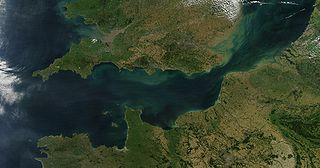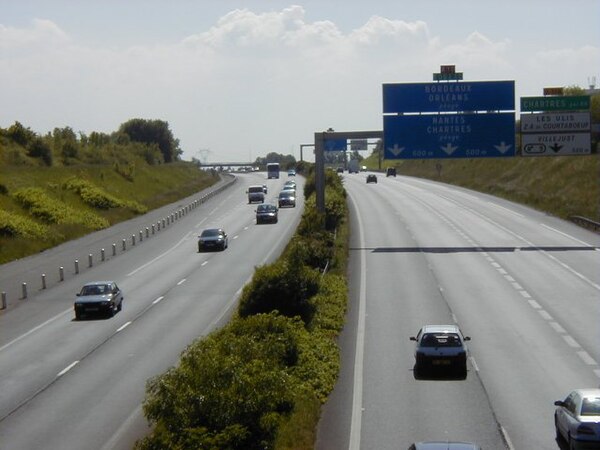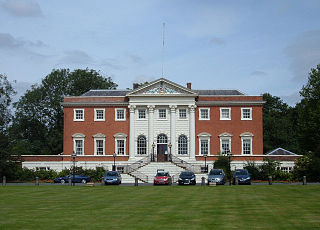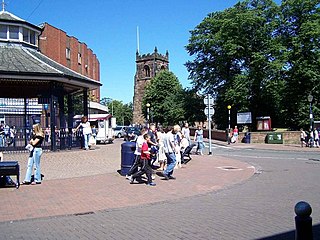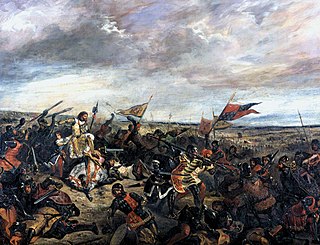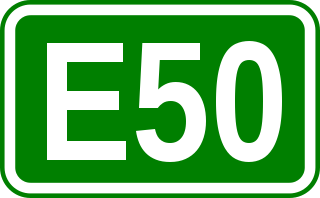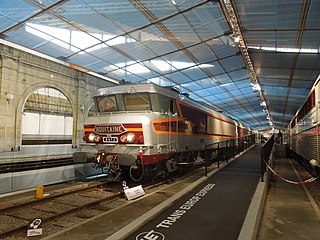| E05 | |
|---|---|
 | |
| Major junctions | |
| North end | Greenock, United Kingdom |
| South end | Algeciras, Spain |
| Location | |
| Countries | |
| Highway system | |
| International E-road network | |
The European route E 05 is part of the United Nations international E-road network. It is the westernmost north-south "reference road", running from Greenock, Scotland south through England and France to Algeciras, Spain. [1] The route is 1,900 miles (3,100 km) long.

The United Nations (UN) is an intergovernmental organization that was tasked to maintain international peace and security, develop friendly relations among nations, achieve international co-operation and be a centre for harmonizing the actions of nations. The headquarters of the UN is in Manhattan, New York City, and is subject to extraterritoriality. Further main offices are situated in Geneva, Nairobi, and Vienna. The organization is financed by assessed and voluntary contributions from its member states. Its objectives include maintaining international peace and security, protecting human rights, delivering humanitarian aid, promoting sustainable development and upholding international law. The UN is the largest, most familiar, most internationally represented and most powerful intergovernmental organization in the world. In 24 October 1945, at the end of World War II, the organization was established with the aim of preventing future wars. At its founding, the UN had 51 member states; there are now 193. The UN is the successor of the ineffective League of Nations.

The international E-road network is a numbering system for roads in Europe developed by the United Nations Economic Commission for Europe (UNECE). The network is numbered from E 1 up and its roads cross national borders. It also reaches Central Asian countries like Kyrgyzstan, since they are members of the UNECE.

Greenock is a town and administrative centre in the Inverclyde council area in Scotland and a former burgh within the historic county of Renfrewshire, located in the west central Lowlands of Scotland. It forms part of a contiguous urban area with Gourock to the west and Port Glasgow to the east.
Contents
The E 05 follows the route Greenock - Glasgow - Gretna - Carlisle - Penrith - Preston - Warrington - Birmingham - Newbury - Southampton … Le Havre - Paris - Orléans - Tours - Poitiers - Bordeaux - San Sebastián - Burgos - Madrid - Cordóba - Sevilla - Cádiz - Algeciras. [2]

Glasgow is the most populous city in Scotland, and the third most populous city in the United Kingdom, as of the 2017 estimated city population of 621,020. Historically part of Lanarkshire, the city now forms the Glasgow City council area, one of the 32 council areas of Scotland; the local authority is Glasgow City Council. Glasgow is situated on the River Clyde in the country's West Central Lowlands. Inhabitants of the city are referred to as "Glaswegians" or "Weegies". It is the fourth most visited city in the UK. Glasgow is also known for the Glasgow patter, a distinct dialect of the Scots language that is noted for being difficult to understand by those from outside the city.
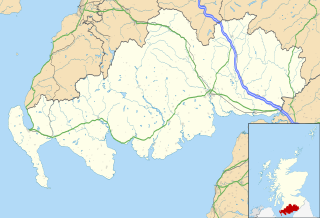
Gretna is a town in Dumfries and Galloway, Scotland. Because they are near the Anglo-Scottish border, nearby Gretna Green, and to a lesser extent Gretna, are traditionally associated with eloping English couples because of the more liberal marriage provisions in Scots law compared to English law. "Gretna" has become a term for a place for quick, easy marriages because of this.

Penrith is a market town and civil parish in the county of Cumbria, England. Penrith lies less than 3 miles (5 km) outside the boundaries of the Lake District National Park. Historically a part of Cumberland, Penrith's local authority is currently Eden District Council, which is based in the town. Penrith was formerly the seat of both Penrith Urban and Rural District Councils. From 1974 to 2015, Penrith had no town council of its own, and was an unparished area. A civil parish of Penrith was recreated in 2015. Penrith Town Council was formed in 2015 and the first elections to the council took place on May 7, 2015.


